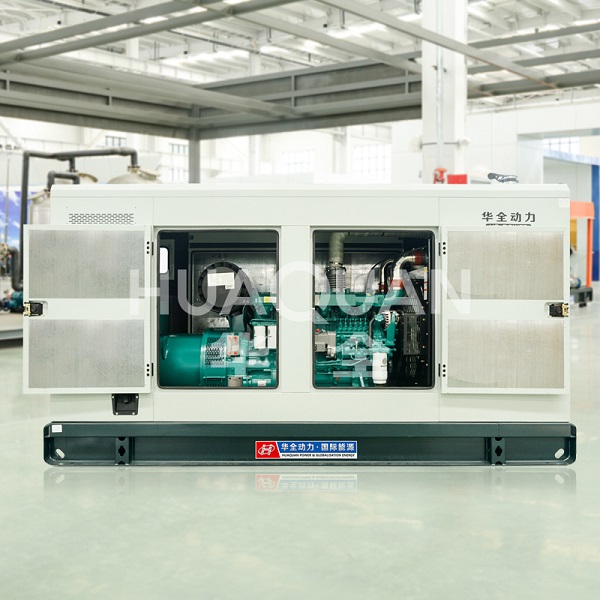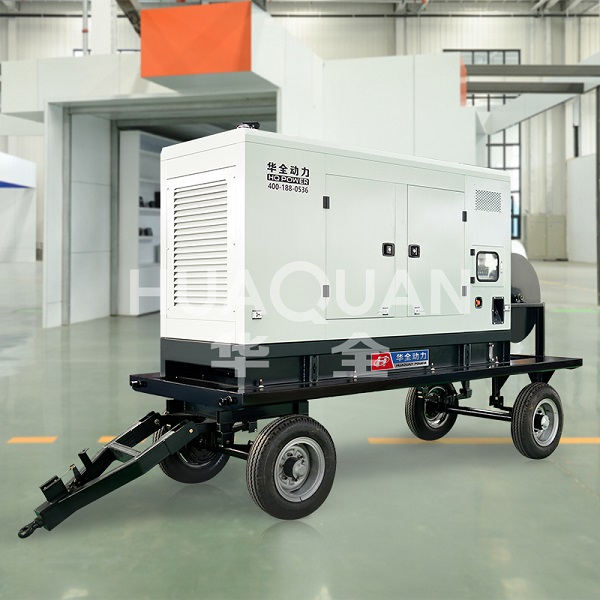2025-08-25Browse Index:
The storage environment requirements of data center backup power is dry and ventilated, avoid rust or damage to electrical components caused by moisture, avoid direct sunlight or high temperature environments, prevent rubber parts from aging and lubricating oil deterioration, etc. The following is for your reference.

Environmental conditions significantly impact data center backup power.
Temperature control is paramount, as most battery technologies degrade faster in extreme heat or cold. A stable, climate-controlled environment between 20-25°C (68-77°F) is generally recommended. Humidity should also be regulated to prevent corrosion or condensation damage to electrical components. For lithium-based data center backup power, specialized fireproof containment may be required due to thermal runaway risks.
Charge maintenance protocols vary by technology.
Traditional lead-acid data center backup power batteries require periodic recharging to prevent sulfation, whereas lithium-ion systems benefit from partial charge cycles (typically 40-60% state of charge for long-term storage). Flywheel systems need regular spin tests to maintain bearing lubrication and system readiness.
Physical storage configuration affects both safety and functionality.
data center backup power components should be stored with adequate spacing for ventilation and maintenance access. Heavy battery racks require reinforced flooring with proper load distribution. Flywheel systems need vibration-isolated foundations, while battery banks should be secured against seismic activity.

Documentation and labeling ensure proper data center backup power management. Each storage unit should clearly indicate installation date, last maintenance date, and expiration information. Battery systems require state-of-charge indicators and cell voltage monitoring points. Properly maintained records help schedule timely replacements before critical capacity degradation occurs.
More information about data center backup power: https://huaquanpower.com/





